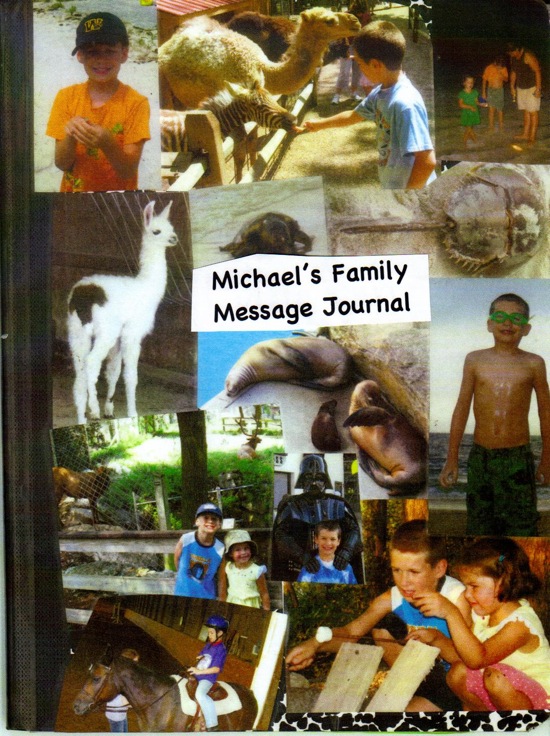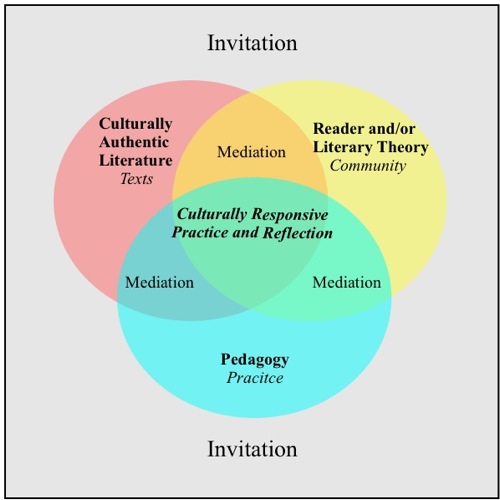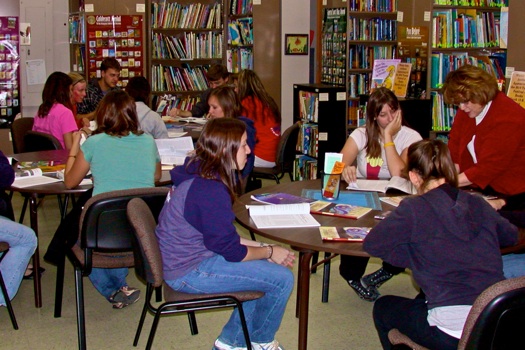Sandy Kaser, University of Arizona, Tucson, Arizona
Dear Mr. Francisco Jimenez,
- I’ve read all of your books and they are all so great! It made me disappointed how some of the people treated you and your family. Like when your girlfriend took you home to meet her parents and they were angry because you were a Mexican.
- I liked the part when you asked Roberto if he’d dance with you because you wanted to learn how to dance. And Roberto was afraid that someone would see you dancing together.
- I admired how you didn’t care what other people thought of you. You were brave and devoted and kept going even after someone insulted you or put you down.
- I also liked how your books were so descriptive, everything stood out in my mind. I could picture the people you described and the places you went in my mind like I’d actually seen them before.
- I loved your books. They were all so wonderful.
- Sincerely,
- Madeline




